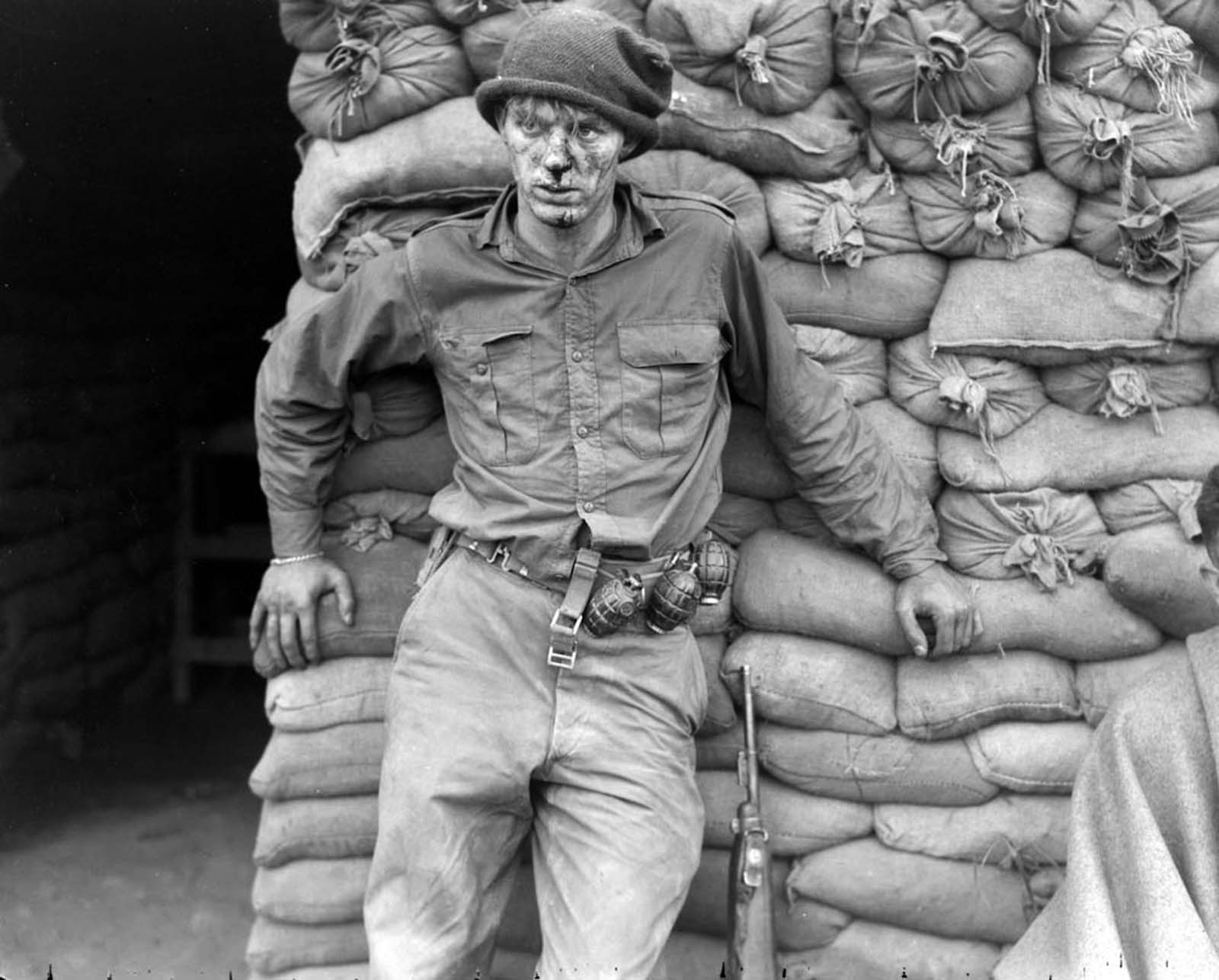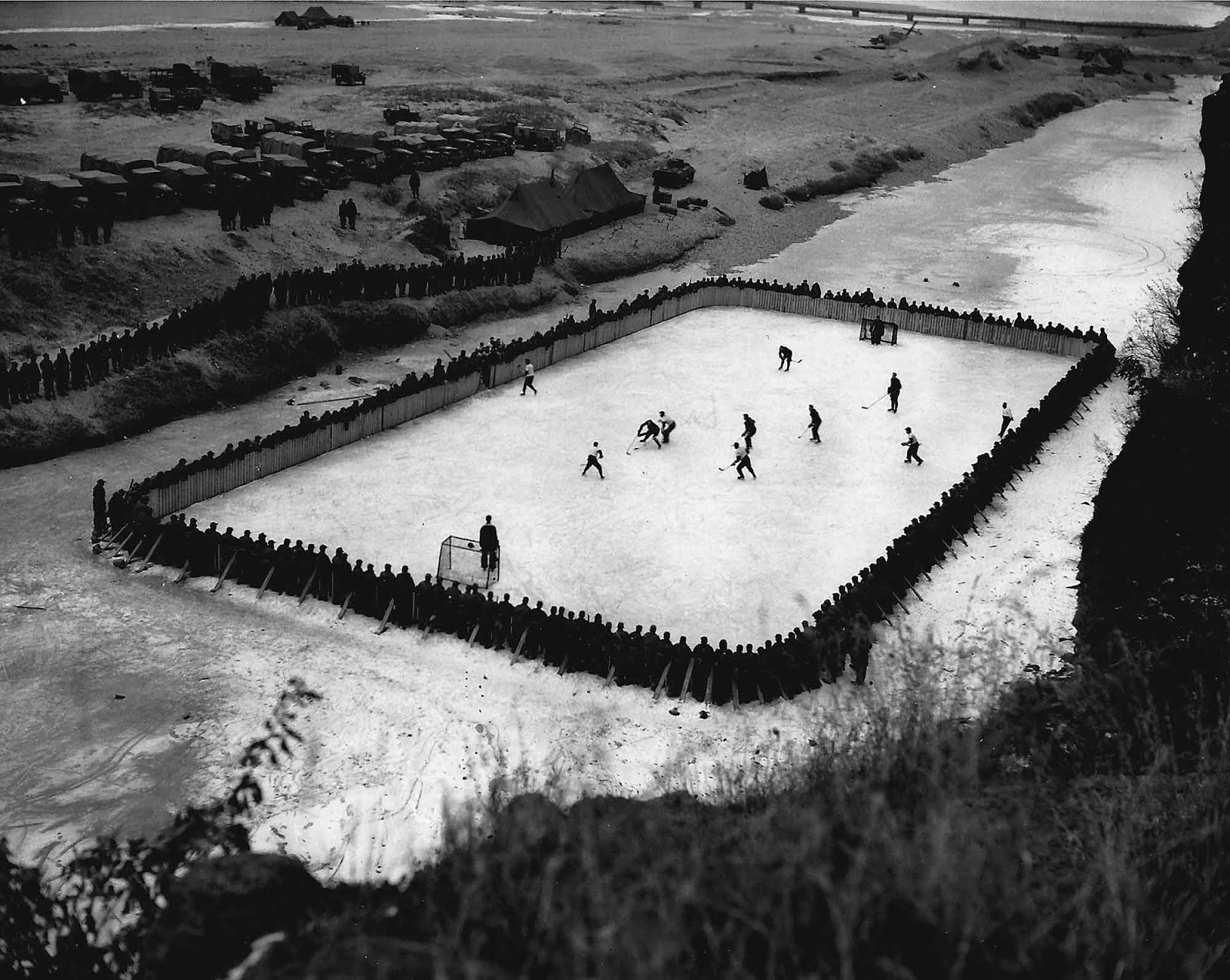
The Korean War began on the 25th of June 1950, after five years of boiling tensions on the Korean Peninsula. The war started after the North Korean army tried to take over South Korea to unify them and put them under the communist North Korean reign.
With suspicions that the Soviet Union and China had pushed for this invasion, United States president Harry S. Truman pledged the United States Air, ground and naval forces to assist the allied United Nations forces in defence of Southern Korea. The president appointed General Douglas MacArthur as Commanding General of the United Nations Command.
At just 18 years of age, Heath Matthews signed up in the Canadian Army Special Force for service in Korea in 1950, shortly after the war began. He served in Korea with Charles Company, 1st Battalion The Royal Canadian Regiment between 1952 – 1953, where he acted as a signalman.
Heath Matthews also got involved in a repelling fight on 21-22 June 1952. They were to carry out a raid against the Chinese camp. On closing in on the base, they got trapped in catastrophic enemy mortar bombardment, which claimed the lives of two Canadians and injured many others. Luckily for Matthews, he was one of the wounded as he was hit in the face by the shrapnel from the mortar.
As the day dawned, while the injured soldiers waited outside a frontline bunker to receive medical attention, an army photographer Sergeant Paul E. Tomei,n captured a photo of this wounded soldier.
With over 25,000 Canadian soldiers who served in Korea between 1950-1956, mortality of 516 was sustained. The United Nations Memorial Cemetery in Busan, South Kore, holds the remains of 378 Canadian soldiers that lost their lives during the war.
Tomlin’s photograph eventually became the historical picture of the Canadian involvement in the Korean War and was nicknamed “The Face of War”. Private Heath Matthew,s however, died in December 2013 at Leawood, Kansas, USA. He was born at Alberton, Prince Edward Island,d in August 193 and passed away at 8e.
Due to its lack of public attention, the Korean War was referred to as “The Forgotten war” or “The Unknown war”.

